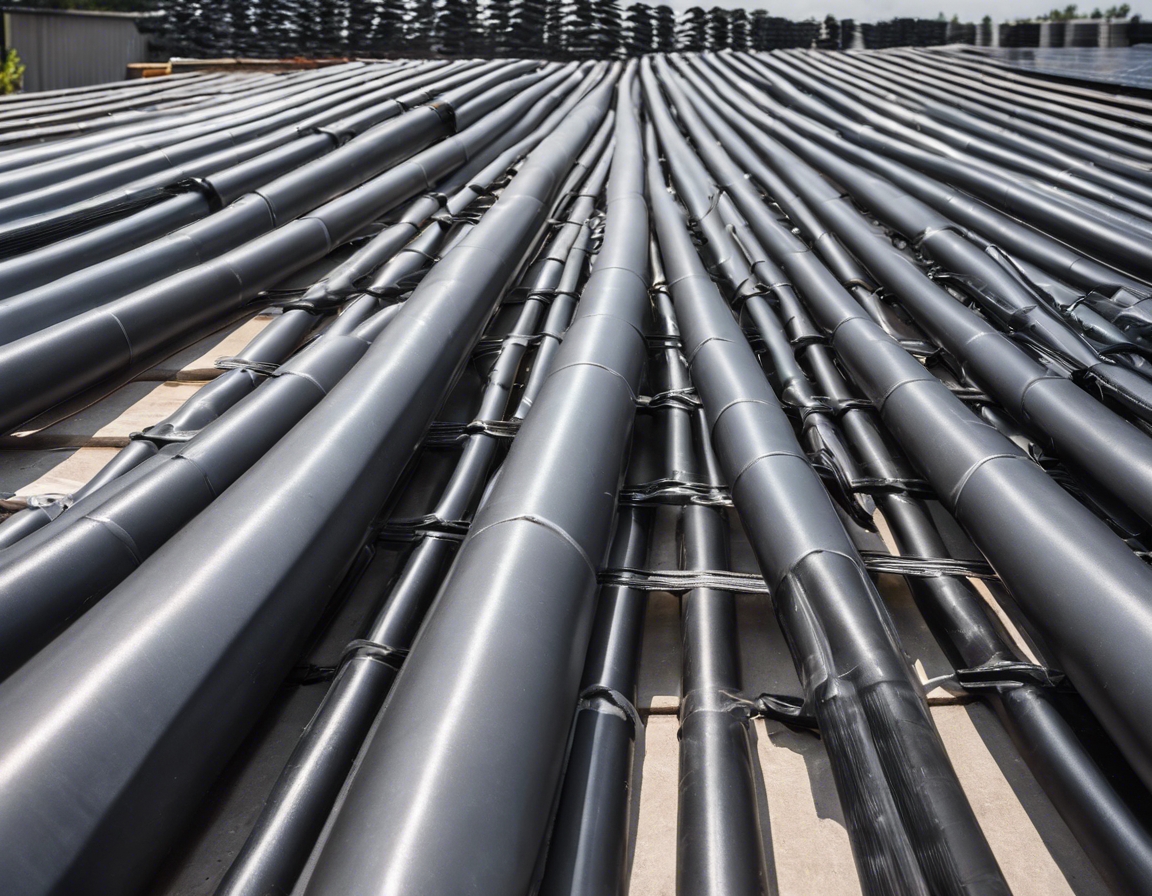The comprehensive guide to solar inverter selection
Solar inverters are a critical component in a photovoltaic (PV) system, responsible for converting the direct current (DC) generated by solar panels into alternating current (AC) that can be used by home appliances, businesses, and fed into the grid. They are the brains of the solar system, ensuring that the power produced is efficiently utilized and safely integrated into the electrical infrastructure.
Selecting the appropriate solar inverter is crucial for maximizing the performance and longevity of your solar energy system. A well-chosen inverter can enhance system efficiency, provide advanced monitoring and control, and ensure compliance with local regulations and grid requirements.
Types of Solar Inverters
String inverters are the most common type, where multiple solar panels are connected in a series, forming a 'string'. These inverters are cost-effective and suitable for systems without significant shading issues.
Microinverters are installed on each solar panel, optimizing the performance of each panel individually. This is particularly beneficial for roofs with shading or orientation challenges.
Hybrid inverters combine the functionality of a traditional solar inverter with a battery inverter. This allows for energy storage and usage during peak demand or outages.
Central inverters are designed for large-scale solar installations. They handle higher power levels by aggregating the output from multiple strings of solar panels.
Power optimizers are module-level electronics that work in conjunction with string inverters to maximize the output of each panel, similar to microinverters.
Key Factors in Inverter Selection
Ensuring that the inverter is compatible with the PV modules in terms of voltage and power is essential for optimal system performance.
The inverter must match the size and power output of the solar array. It should be able to handle the system's maximum power output without being oversized, which can lead to inefficiencies.
Inverter efficiency indicates how much power is lost during the conversion process. Higher efficiency means more of the solar-generated electricity is available for use.
Investing in a high-quality, reliable inverter can save on long-term maintenance costs and reduce the risk of system downtime.
While cost is an important factor, it should be balanced against efficiency, features, and the expected lifespan of the inverter.
A comprehensive warranty and responsive customer support can protect your investment and provide peace of mind.
Modern inverters come with additional features such as remote monitoring, smart grid compatibility, and software updates, which can enhance system management and future-proof your investment.
Understanding Inverter Specifications
The inverter's power capacity should be chosen based on the peak power rating of the solar array to ensure it can handle the energy produced.
Maximum efficiency ratings indicate the peak performance of the inverter under ideal conditions.
The input voltage range must be compatible with the solar panel specifications to ensure safe and efficient operation.
Inverters should have protection features such as anti-islanding, overvoltage, and ground fault protection to ensure safe operation.
Compliance with industry certifications and standards is essential for safety, performance, and grid compatibility.
Installation and Maintenance
Professional installation by certified technicians is crucial for the safe and optimal performance of the solar inverter.
Regular maintenance and monitoring can extend the life of the inverter and ensure it operates at peak efficiency.
Choosing an inverter with upgradable firmware and compatibility with future technologies can help maintain the system's relevance and efficiency over time.





Comments (0)